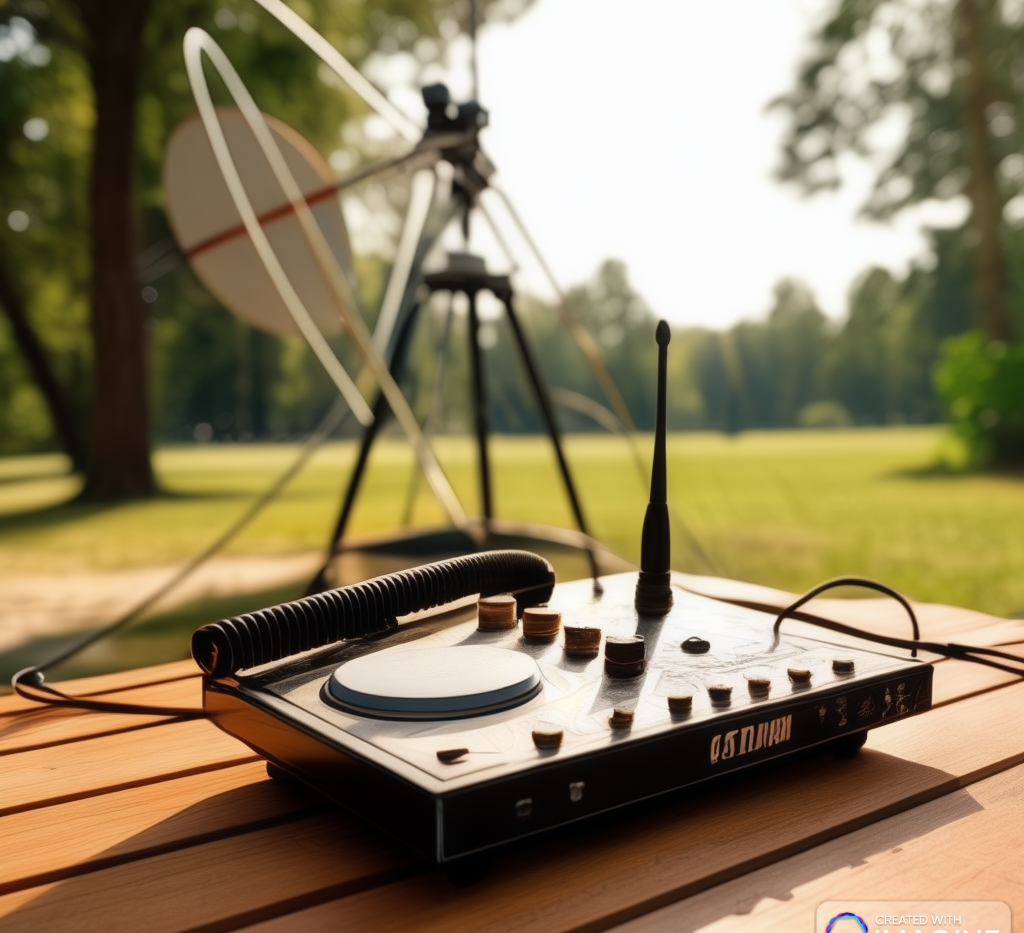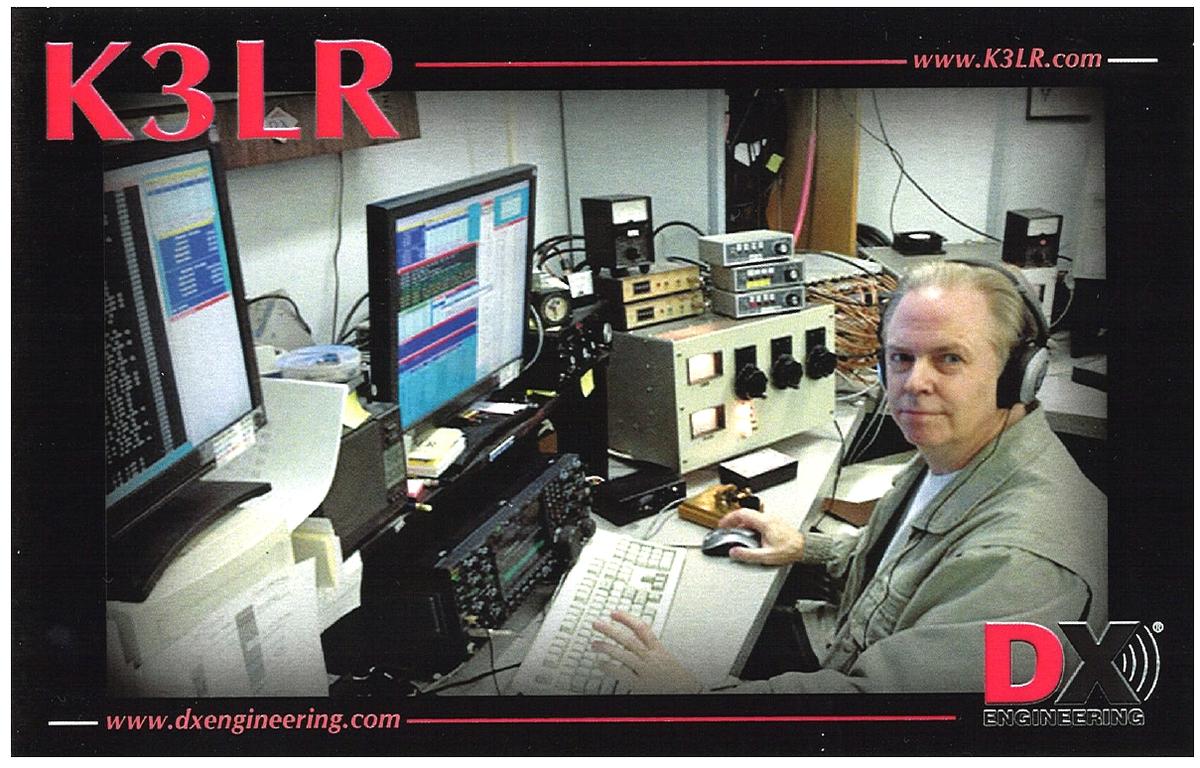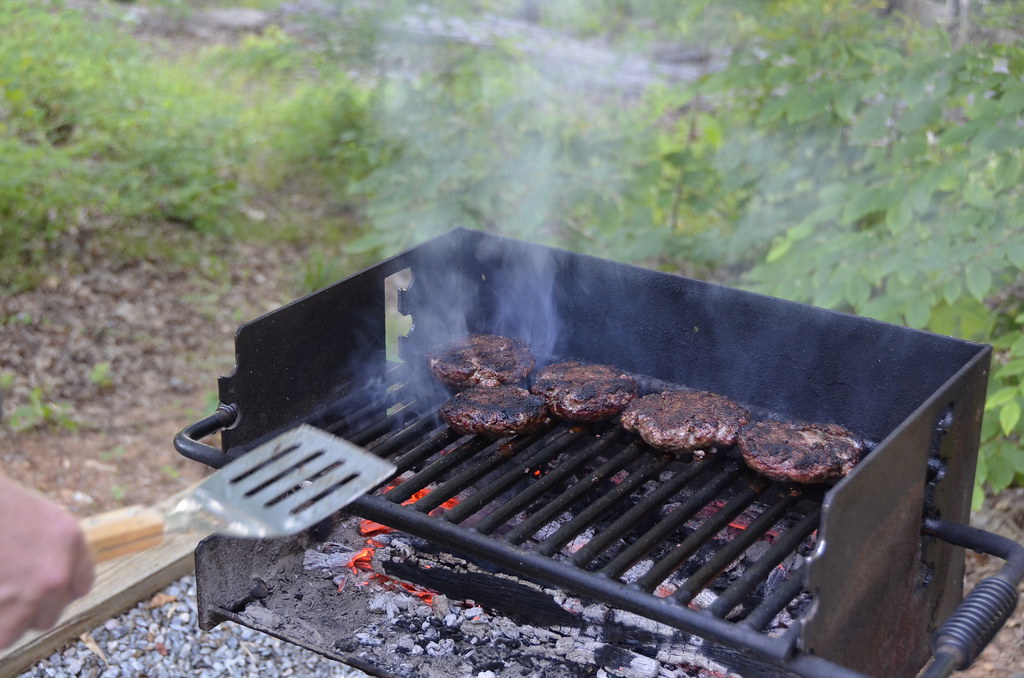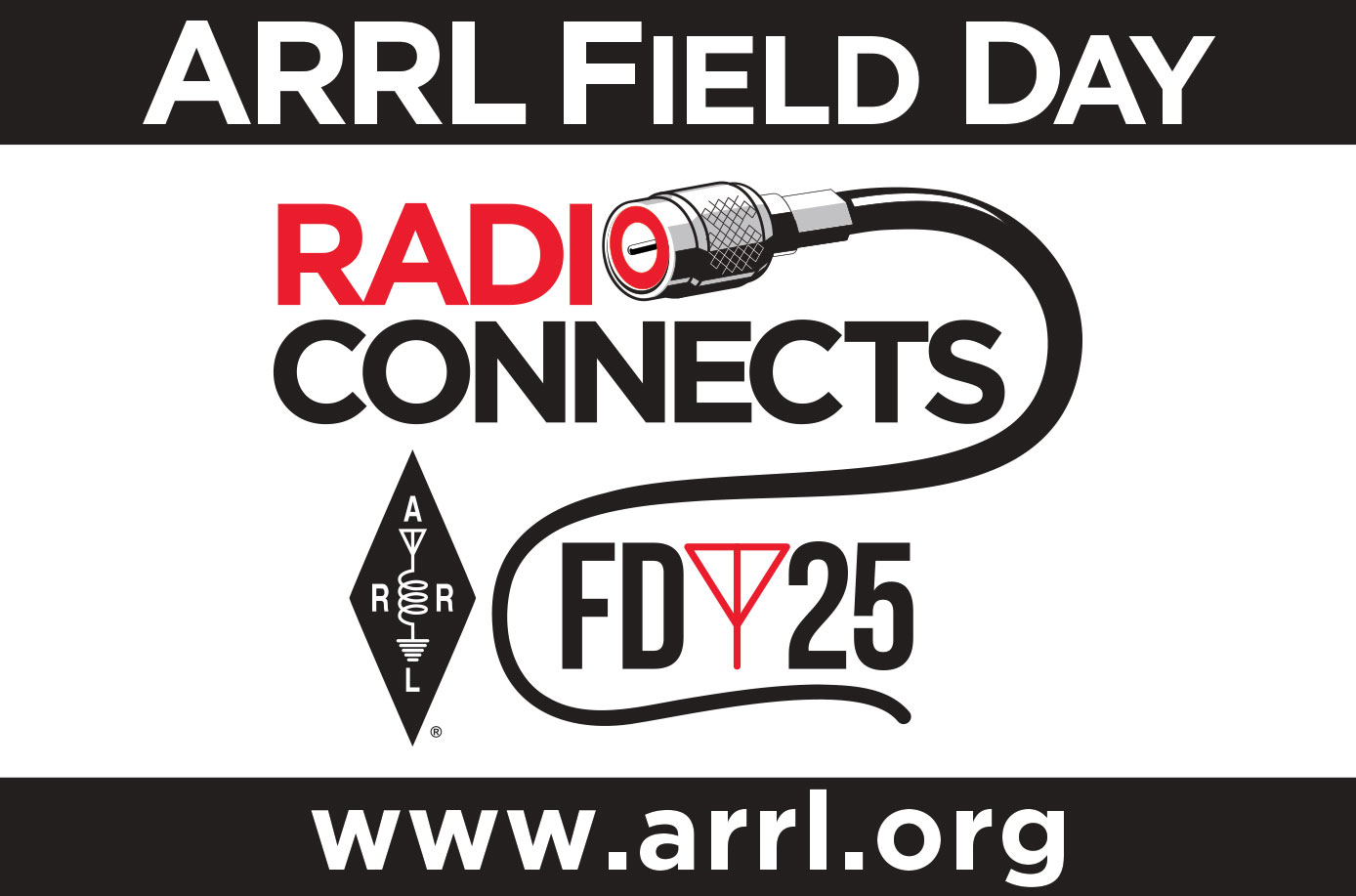Thanks so much to Bill Schwiegeraht, N8KSG for providing additional information related to 1/4 wave and 5/8 wave vertical antennas! Bill modeled both using EZNEC and noted the following:
I prepared a couple models to show you the primary difference between a 1/4 vs. 5/8 wave. In azimuth, both antennas are virtually identical – they radiate 360 degrees equally, barring any interfering structures or geography.
In elevation however, a 5/8 has additional gain, and the stronger lobe is a higher angle (41 deg, 2.38 dbi), the secondary lobe is at 12 deg (1.52 dbi). a quarter wave’s primary is lower at 16 degrees (.95 dbi), and the secondary lobe is at 62 deg (-5 dbi).
dbi = decibels, as references to an isotropic radiator. An isotropic radiator is a theoretical (not a practical) point source in free space, something that is not physically practical, but it helps explain basic electromagnetic theory. Bottom line, you can see a 5/8 wave antenna will pretty much beat a 1/4 wave in any configuration. This is due to how the waves radiated above ground combine (also called interfere) with the waves that reflect off the ground. Some ground losses will be experienced, but a significant portion is reflected and depending on the respective phases, they can combine to make the initial wave stronger. This is called constructive interference. When the phases oppose, you can get weaker signals, which is called destructive interference.
If you don’t have it yet, I highly suggest getting the latest ARRL antenna book for general education, but also for a copy of the ARRL version of EXNEC antenna simulation software. I use the Exnec Plus version at home, but you don’t need to pay for it to get the feel. It is really cool, and how I produced these pictures.
Also, since many hams consider a dipole “the standard”, you will see many antennas publishing gain as referenced to a dipole, particularly Yagis. It is important to understand when you see a gain figure, what is it being compared to. There is always something as a base when you are talking gain.
Here are Bill’s models:













